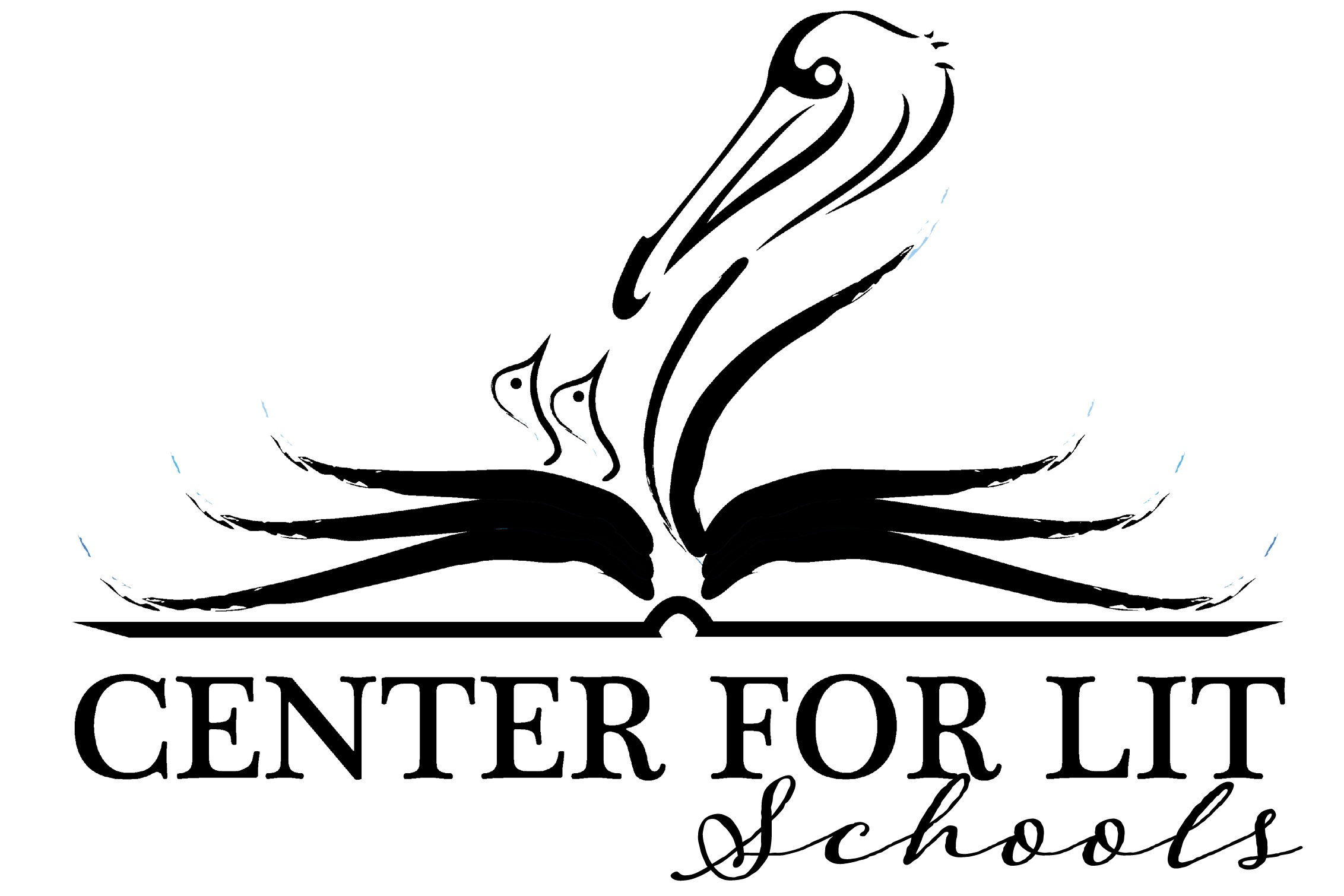L7: Consider the use of literary devices in various titles.
Notes and Resources:
Teaching the Classics Syllabus Section 2
Socratic List Questions 14a - 16i
Additional lists of common literary devices in fiction, as well as major genres and modes of literature, are provided at www.centerforlitschools.com/glossary-of-literary-devices. These include voice and tone as well as rhetorical devices such as amplification, contradiction, refutation, pathos, and others.
At this stage, students will begin using “3-sentence quotations” to demonstrate their completion of daily reading assignments as well as their grasp of a story’s structure and themes. Each 3-sentence quotation includes:
1) A “setup sentence,” which describes the situation in which the quotation occurs and makes brief reference to the prompt or assignment,
2) A direct quotation from the story, enclosed in quotation marks and followed by a author/page-style citation at the end of the sentence but before final punctuation, and
3) A “follow-up” sentence, in which the student explains how the quotation answers the prompt or assignment.
The advantages of this formula are numerous: it requires close and thoughtful reading; it anticipates the proper procedure for handling textual evidence in essay writing; it produces relatively short assignments which nevertheless efficiently demonstrate the student’s mastery of the assignment; and it is extremely easy to grade. Students receive equal parts credit for:
1) Clean grammar/syntax/punctuation/spelling,
2) The conformity of their answer to the 3-sentence formula (Does the setup sentence situate the quotation? Is the quotation cited correctly? Does the follow-up sentence offer an interpretation of the text?), and
3) The plausibility of their interpretation based on the text chosen.
Element of Fiction:
Assignment Options:
L7.1 Reading Quiz: 3-Sentence Quotation on Literary Devices
L7.2 3-Sentence Quotation Exercise: Literary Devices in Current Title


